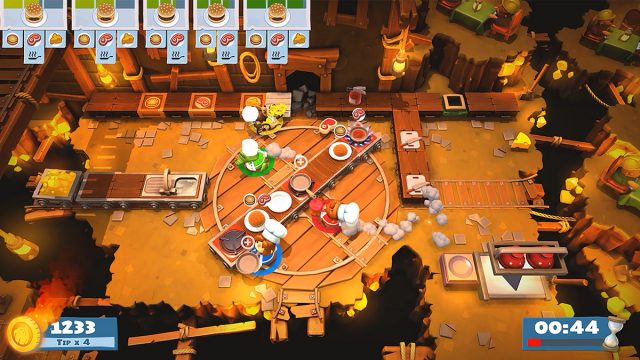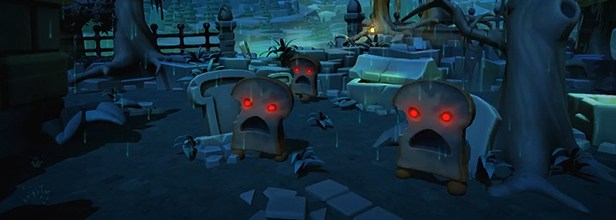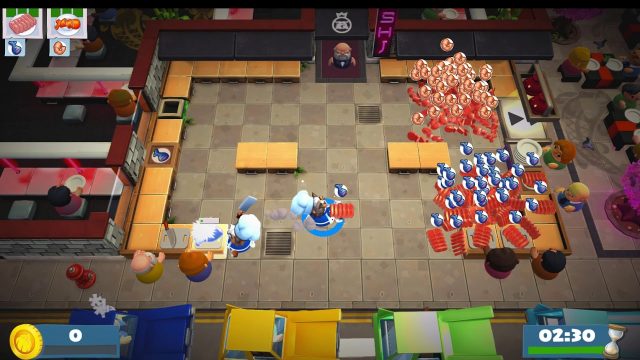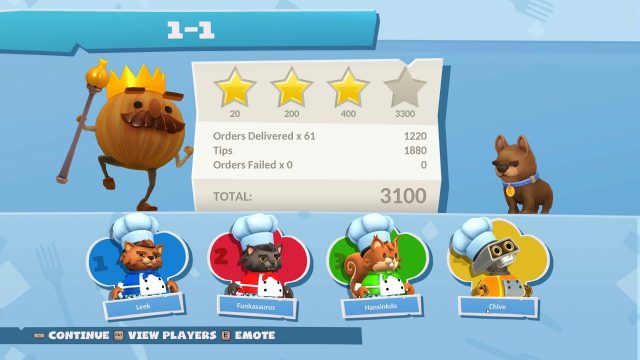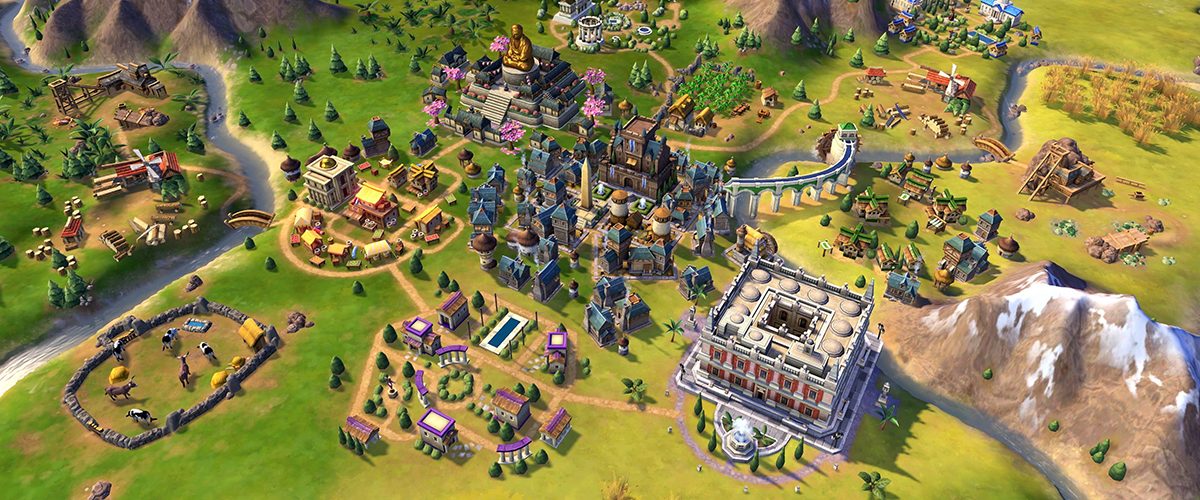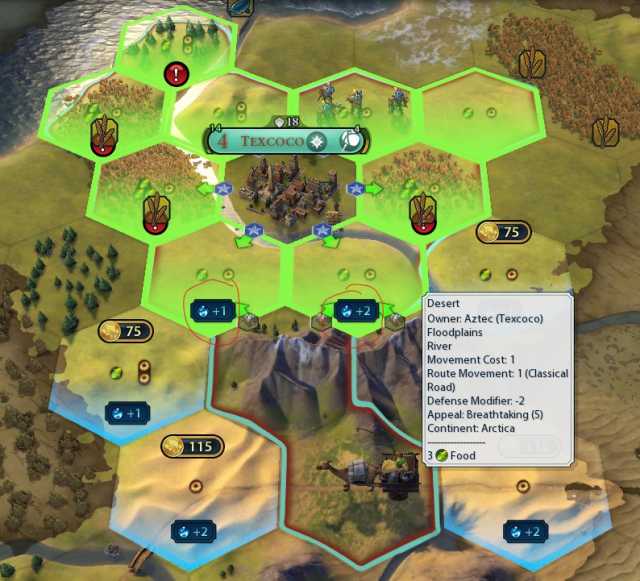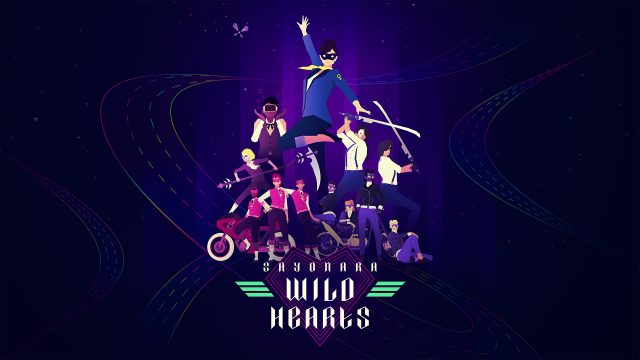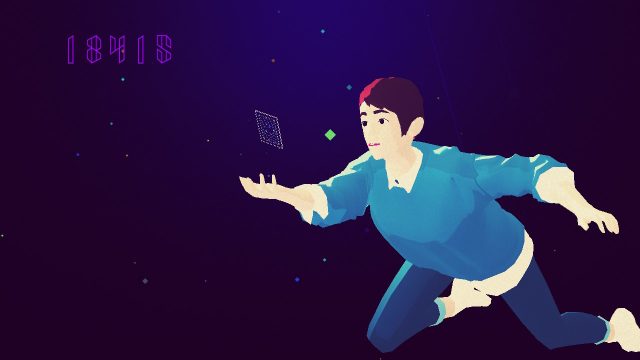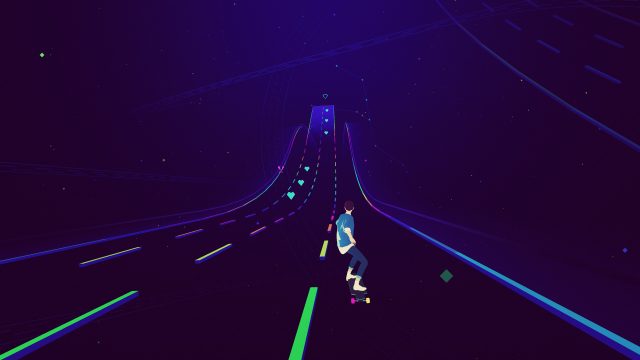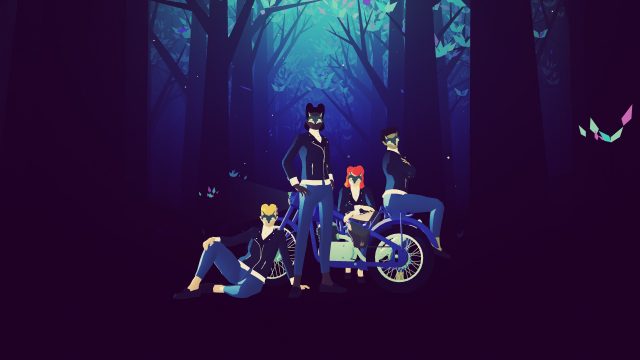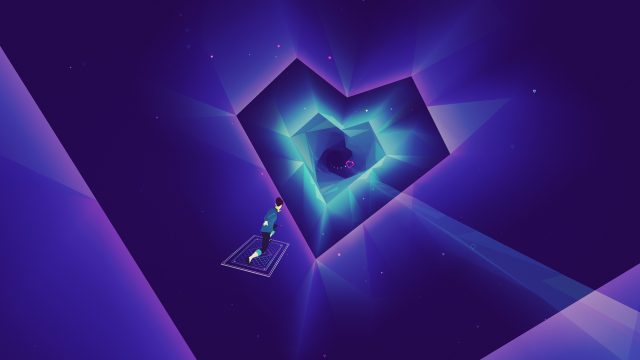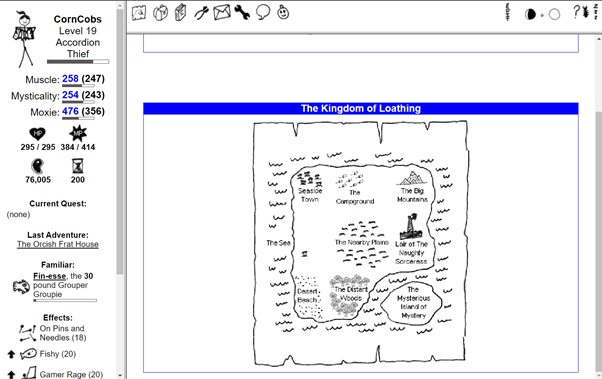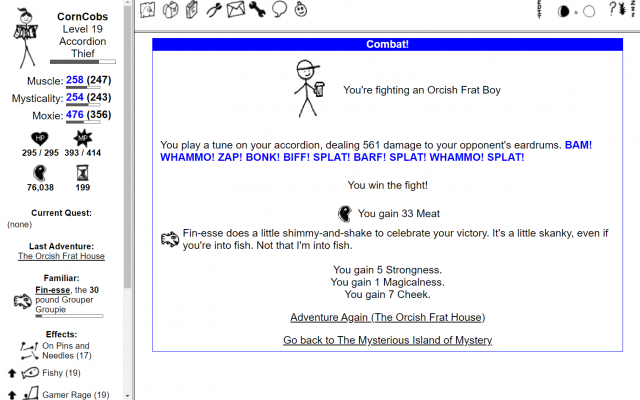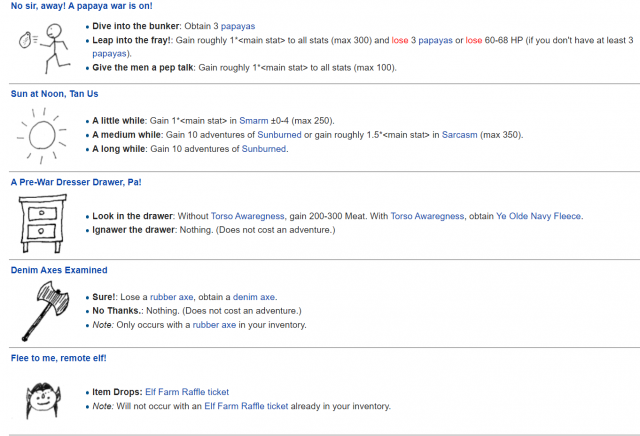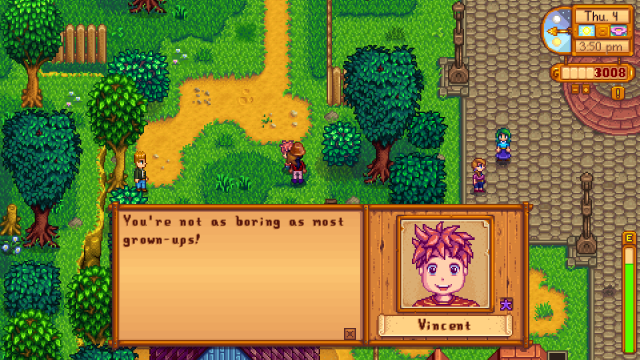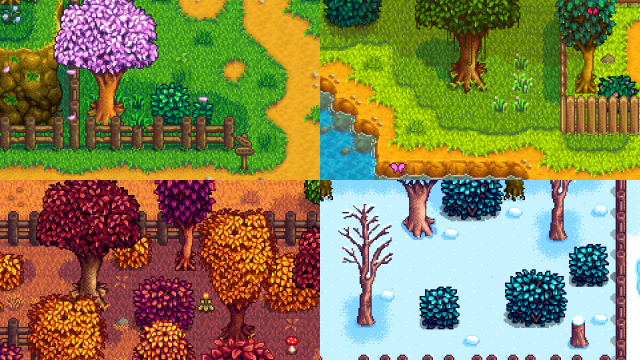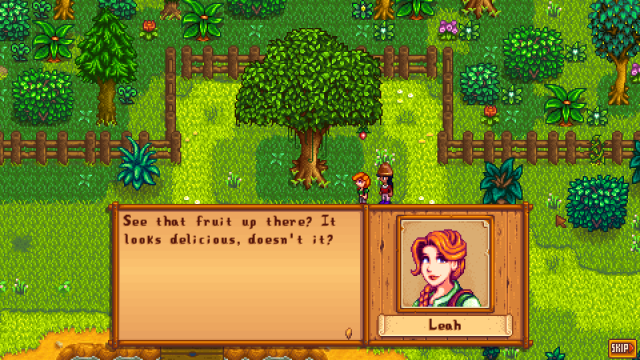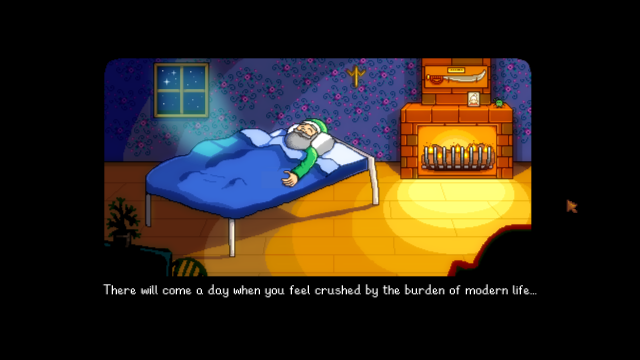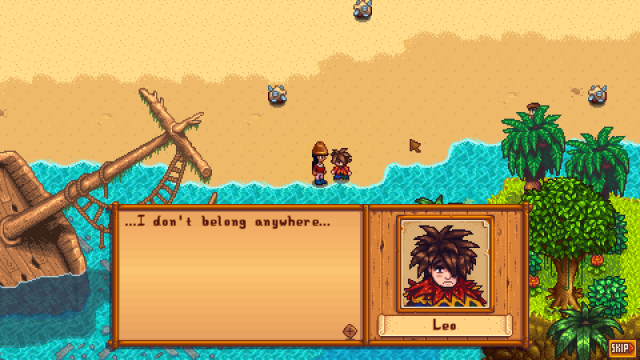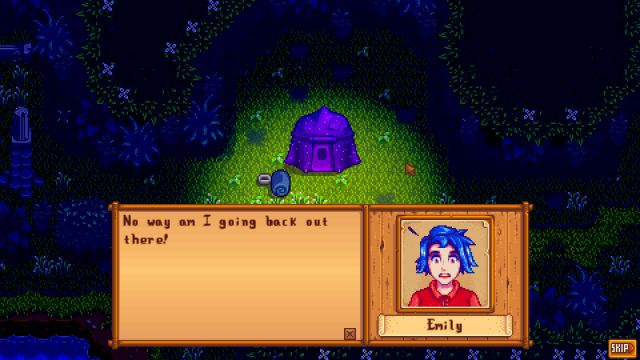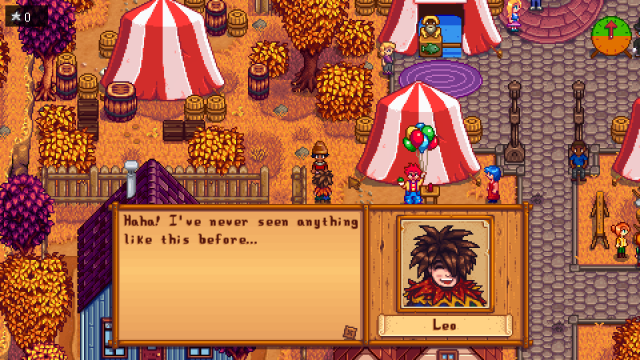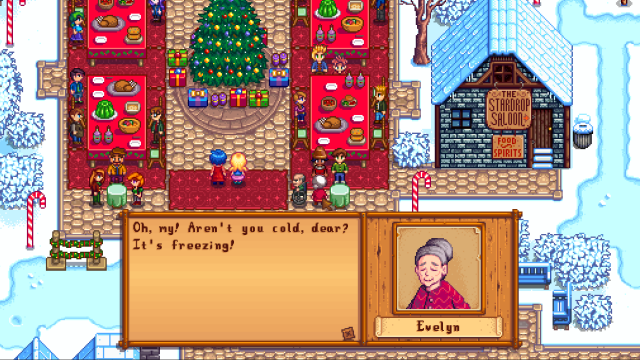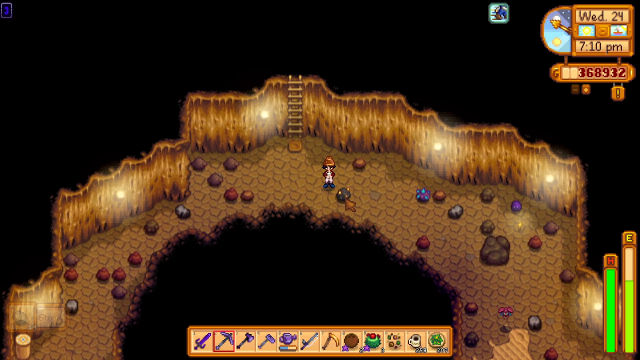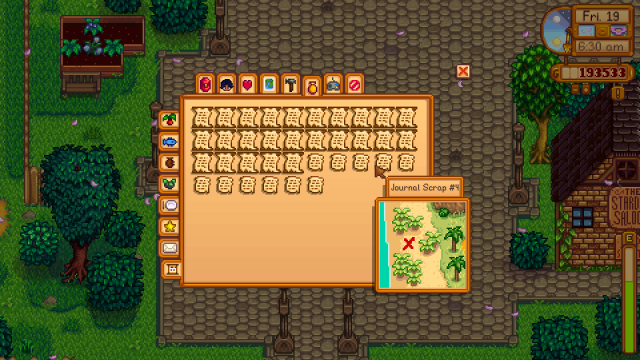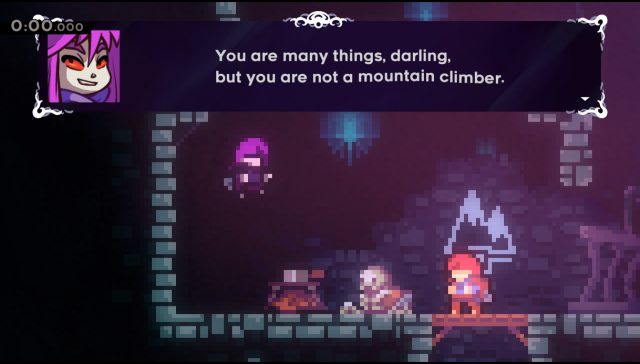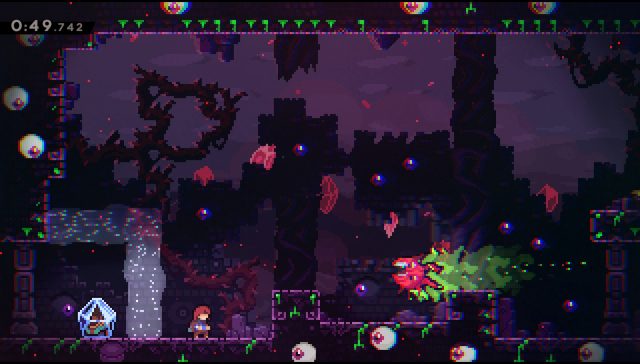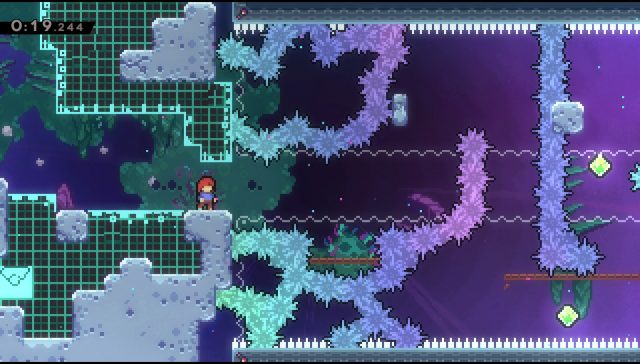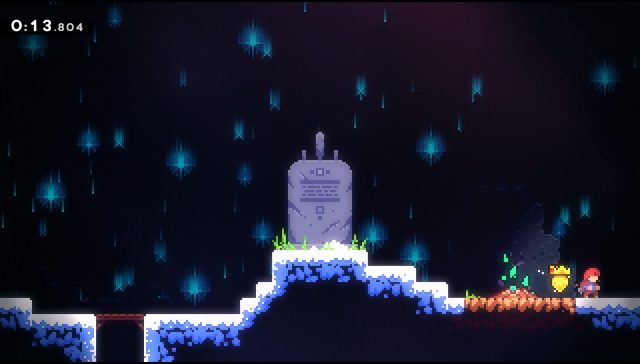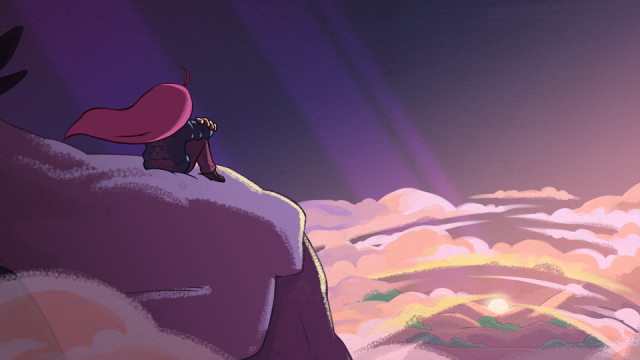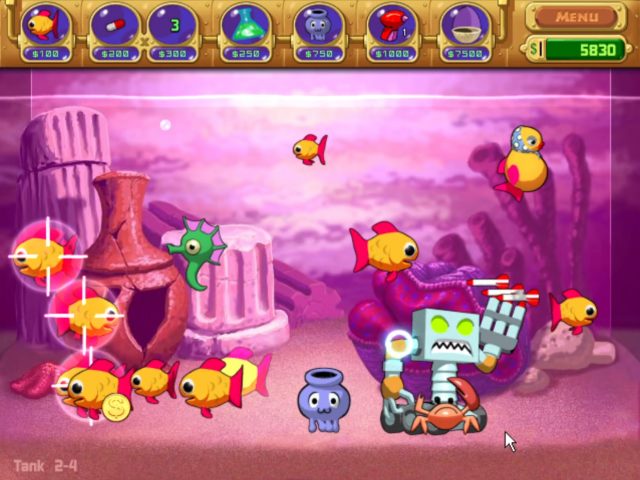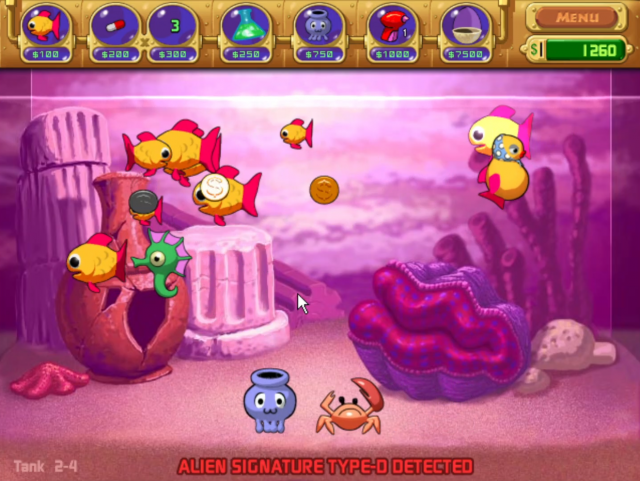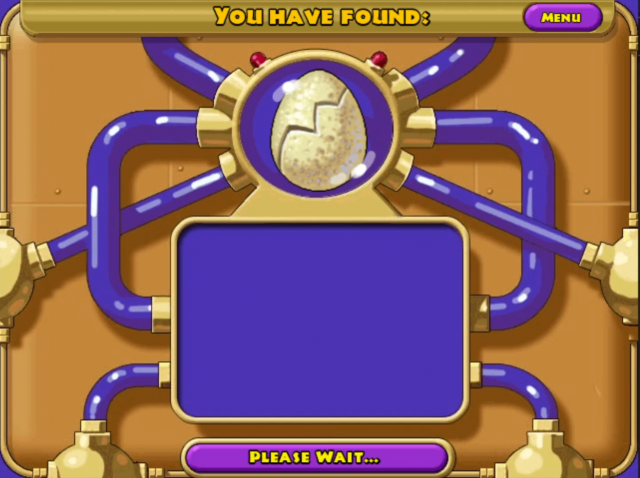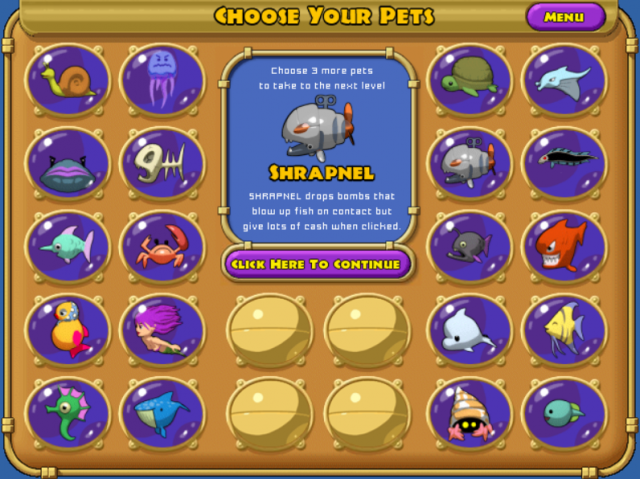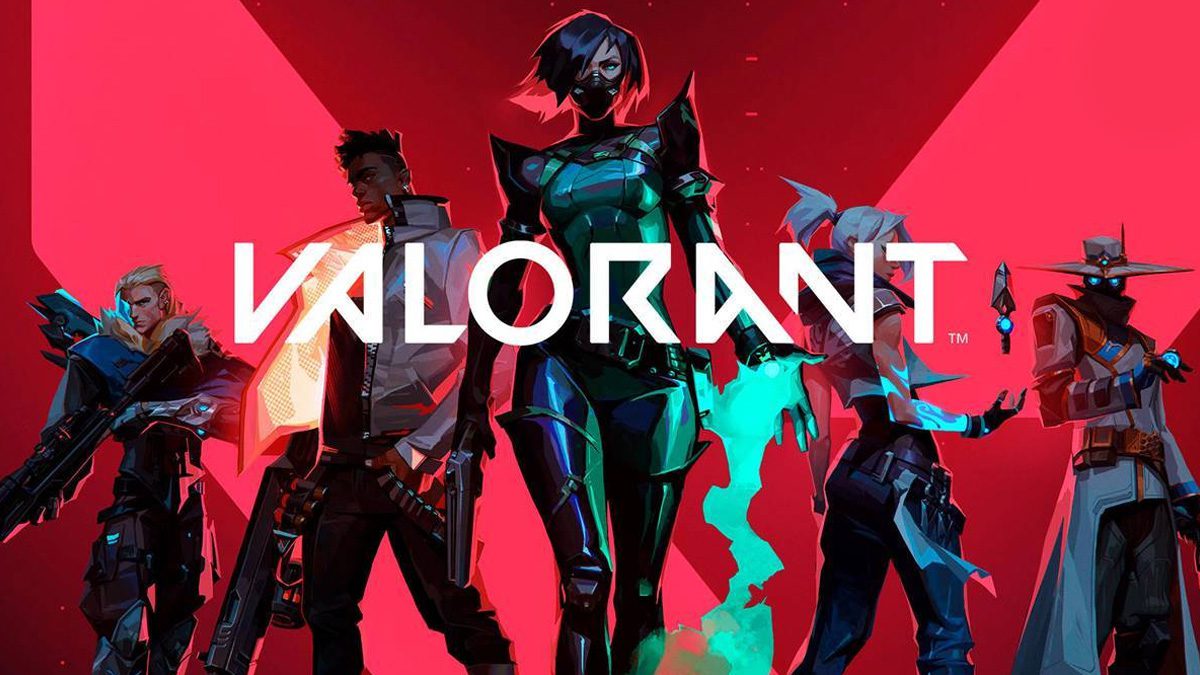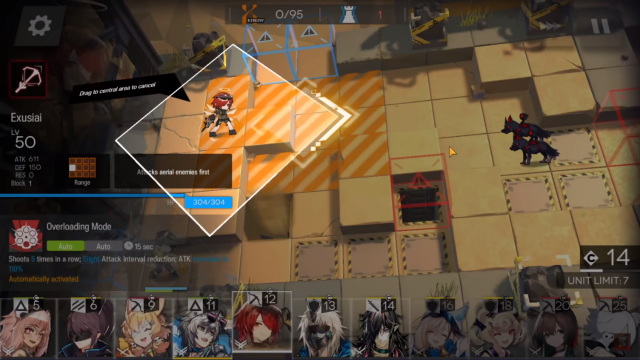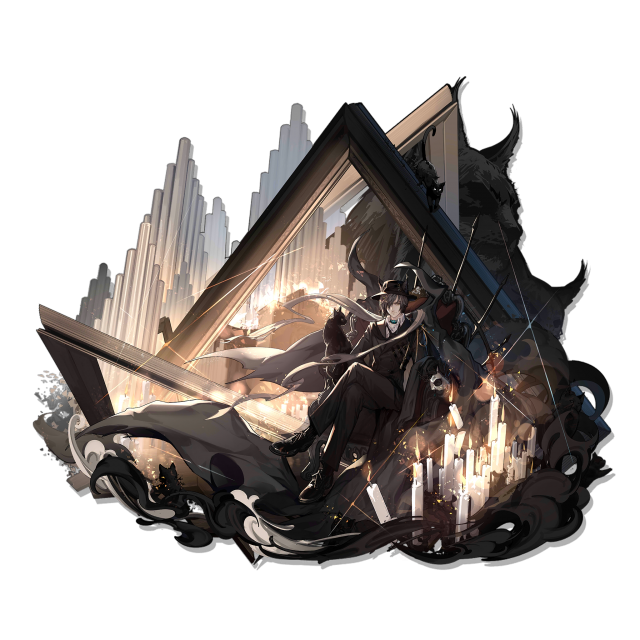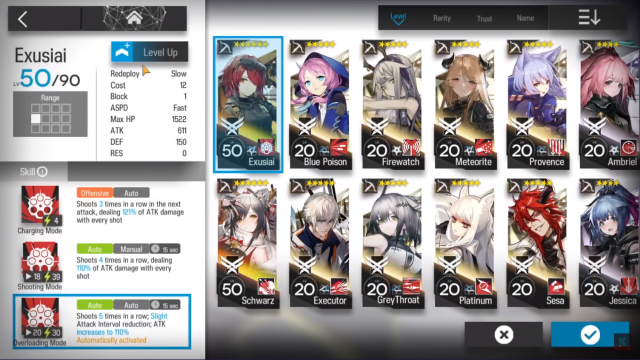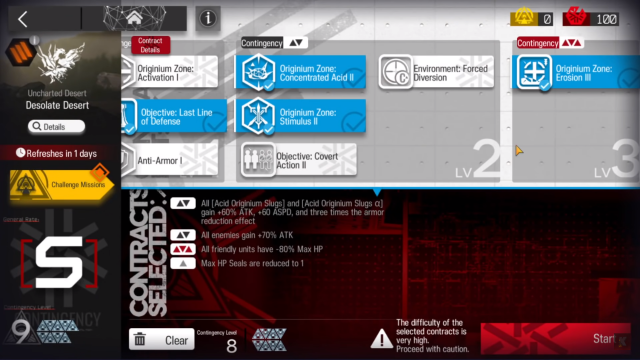Game: Fall Guys
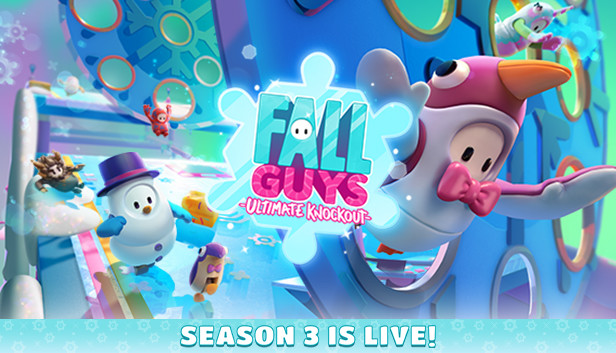
Fall Guys is a platformer battle royale game released by Mediatonic. The main concept of the game is simple: Compete against 60 people and be the last man standing in a series of levels designed to eliminate players. The levels are split into 4 different categories with different goals.
Race: Race through levels with to qualify for the next round.
Survival: Stay alive for as long as possible
Team: Do not lose to other teams
Final: Get the crown
Gameplay Demo:
Lens 9: The Elemental Tetrad
Most successful games tend to have a healthy combination of the 4 types (aesthetics, technology, mechanics and story) in the tetrad. Despite Fall Guys lacking in the story department of the tetrad, the game has still managed to be successful by using elements from the other 3 types to make the game fun.
Story:
Like most battle royale games, Fall Guys doesn’t really have a strong story to it. The story of the game is simply to be the last man standing. Despite the lack of story, many games have managed to be successful without having a strong story component. In recent years, battle royale games like PUBG and Fortnite have achieved much success without the need for a story driven game.
However, Fall Guys tries to compensate for this by having new “seasons.” Each season lasts about 3 months which boast a new rotation of maps and skins, making the experience of the game different every once in a while.
Aesthetics:
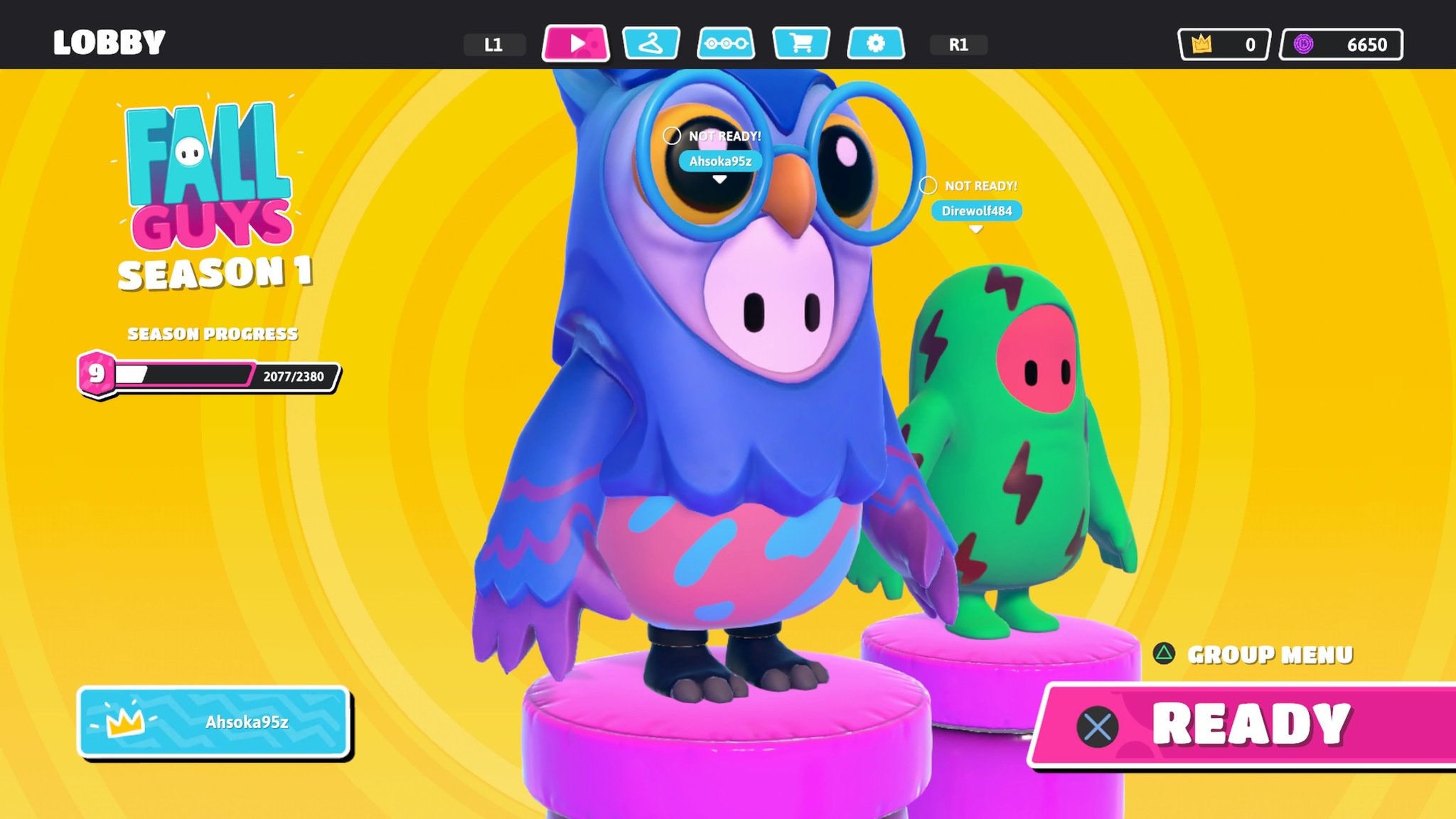
Design in the game is beautiful and well thought out. In general, Fall Guys tends to use bright, candy-like neon colours for the levels and, making the game feel very lighthearted. Levels are designed such that they have varying obstacles, making every level unique. The main character of the game is a cute jellybean-like creature with long arms and short legs. The visuals are accompanied with a very cheerful soundtrack.
UI elements in the game are designed to reduce unnecessary interaction so that the user can jump straight into the game.
Mechanics:
I believe a large part of Fall Guys success has to do with its relatively simplistic gameplay, making it easy to pick up. To play the game, you only need to use 3 buttons to jump, grab and dive. Additionally, levels are designed following Mediatonic’s “three word rule” where the goal of each level can be explained using 3 words only (e.g. Grab The Tail, Reach The Finish). The simplicity of the game allows beginners to hop in and play at any time.
Technology:
As mentioned before, the reason Fall Guys is so popular is largely due to its simplistic gameplay, allowing people to hop in and play at any time. The game is not resource intensive and does not require good GPUs/CPUs to run it smoothly. It is released on PCs and the popular console PS4, making it very accessible to casual gamers.
Lens 40: Triangularity
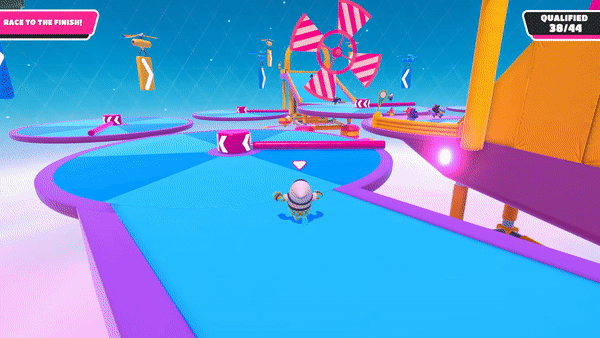
Some levels in Fall Guys are designed with multiple pathways (mostly maps in the race category) with different difficulty, allowing players to decide if they want to take a longer route and play it safe, or take a shortcut with higher risk to reach the goal faster. This makes the game more unpredictable and exciting.
Lens 43: Competition
Apart from having to deal with the chaos brought about by obstacles in the level and having to avoid being trampled over by other players, Fall Guys has a unique mechanic which allows players to grab others to prevent them from moving. This mechanic introduces a new way of playing the game, where you can intentionally hinder one’s progress by pulling them away from the goal making the game that much more competitive and fun.
Also, the game allows users to purchase cosmetics for their characters using crowns won from games as currency, giving players a greater incentive to win.
Lens 48: Simplicity/Complexity
The controls of the game are very simple, and only requires 3 buttons to do everything required. Additionally, levels are designed such that the goals are obvious. This simplicity engages beginners and casual gamers, allowing them to pick up the game quickly. That being said, it isn’t easy to win the crown every game. Obstacles introduced in levels are difficult to overcome and require skill and planning. Players will need to have appropriate strategies to navigate these obstacles and a bit of skill to dodge flying fruits.
Fall Guys strikes the right balance between simplicity and complexity. Simplicity of the games attracts players, and the complexity makes them stay, improve and want to play more.
Lens 95: Spectation
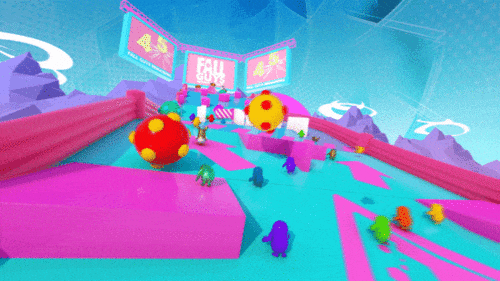
Part of the game’s success is due to the game’s broadcastability which has attracted a large audience and player base. While playing the game for yourself could be stressful or infuriating if you are determined to reach the goal, watching the game as a third party changes the whole experience. Being able to watch someone play allows the viewer to enjoy the humor of one falling into the slime or getting flung backwards by a hammer, without having to deal with the emotional pain. As the game is designed like a game show, the experience of watching it could be likened to watching funny game shows like Total Wipeout or Ninja Warrior, where viewers can appreciate the experience without having to actively participate.

